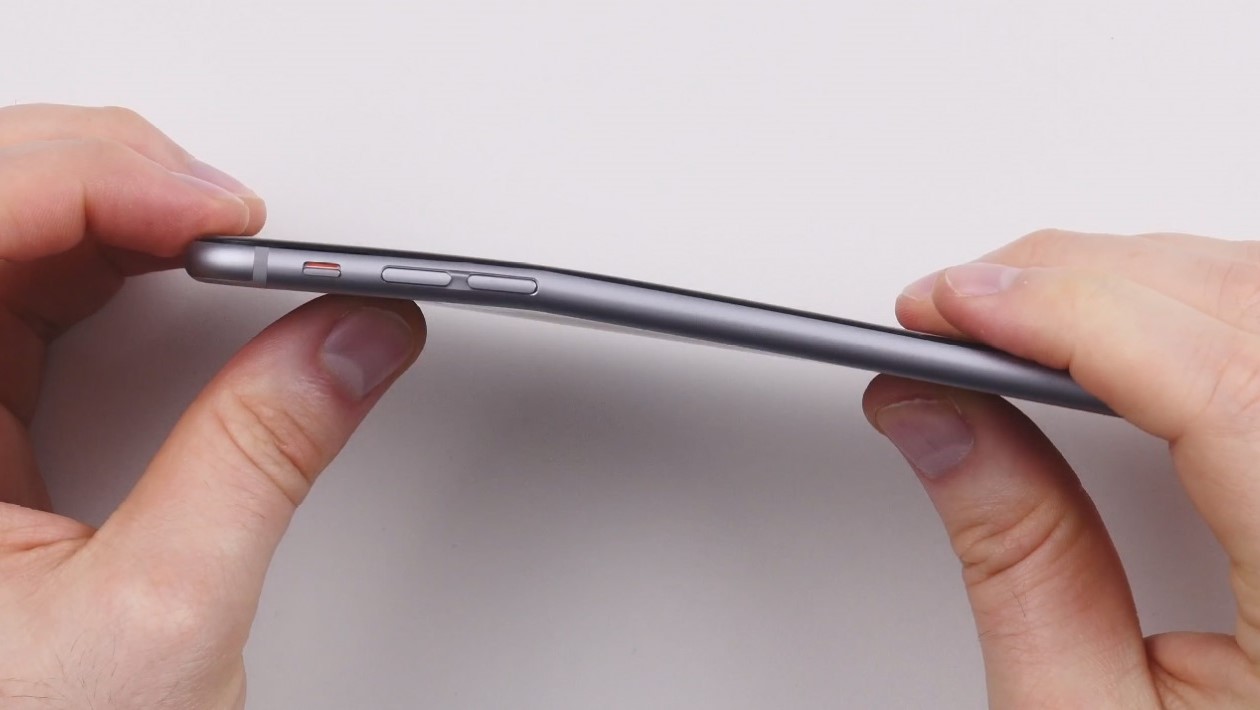Apple was aware of issues with the iPhone 6 bending from everyday use despite publicly denying it was a problem, court documents have revealed.
Shortly after the release of the iPhone 6 and iPhone 6 Plus in 2014, several customers reported issues with the devices bending due to day-to-day use.
The stories quickly went viral, but Apple strongly denied that this was an issue, maintaining that the new phones were structurally sound.
But now new documents released as part of a court case and first accessed by website Motherboard have revealed that Apple’s own internal testing had shown that bending was an issue with the new phones, and the company actually moved to change the way the phone was manufactured six months later to fix the problem.
In early 2016, many iPhone 6 and iPhone 6 Plus devices started to experience ‘touch disease’, with the touchscreen no longer working properly due to internal bending.
This led to a class action being filed against Apple, and as part of this court case, Apple filed internal testing documents.
The files remain undisclosed, but US District Court Judge Lucy Koh made some of the details public as part of a recent opinion in the case.
According to the report, Apple’s own internal testing before the release of the iPhone 6 found that bending was a significant problem with the new device.
“Apple’s internal testing determined that the iPhone 6 was 3.3 times more likely to bend than the iPhone 5s (the model immediately prior to the subjected iPhones) and that the iPhone 6 Plus was 7.2 times more likely to bend than the iPhone 5s,” the documents said.
“One of the major concerns Apple identified prior to launching the iPhones was that they were ‘likely to bend more easily when compared to previous generations’.”
This is in sharp contrast to the public statements made by Apple when the controversy was emerging in late 2014.
“Our iPhones are designed, engineered and manufactured to be both beautiful and sturdy,” Apple said in September 2014.
“We chose these high-quality materials and construction very carefully for their strength and durability.
“iPhone and iPhone 6 plus meet or exceed all of our high quality standards to endure everyday, real life use.
“With normal use a bend in iPhone is extremely rare and through our first six days of sale, a total of nine customers have contacted Apple with a bent iPhone 6 Plus.”
The documents also revealed that six months after the phones were released, Apple began using epoxy to shore up the devices and prevent the bending.
“After internal investigation, Apple determined underfill was necessary to resolve the problems caused by the touchscreen defect,” Koh said in her opinion.
During the case, Apple’s lawyers argued that the bending and touchscreen issues were due to the users’ dropping the devices repeatedly.
“Rigorous and comprehensive reliability test data proved that enclosure bending and twisting cannot cause the issue unless the phones had already been repeatedly dropped on a hard surface,” the lawyers said.










